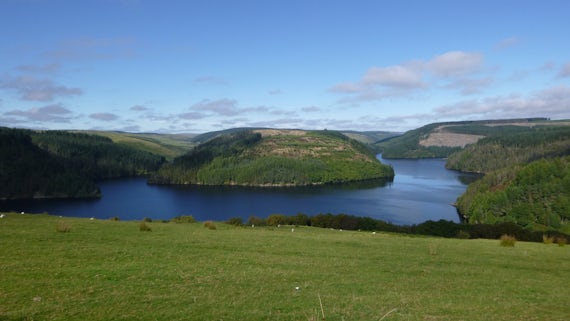Microplastics in river organisms

Investigating the sources, transfers and ecological implications of plastic pollution across freshwater environments.
It is estimated that eight to twelves million tonnes of plastics enter the World’s oceans every year and about four million tonnes pass along rivers.
Our research shows that microplastic fragments - pieces of plastic debris under five millimetres - are ingested by one in every two insects in the rivers of South Wales (Rivers Taff, Usk and Wye).
It provides more evidence that microplastics need to be fully studied as they are transported between the land and sea along rivers.

"We have a large blind spot. We need to invest in understanding the sources and the environmental loads of different materials. What then happens to these materials? How much is ingested by organisms? How far does it go up food webs? What effects does it have along the way? Does it reach us in the food we eat or the water we drink?"
As part of this research, field-based studies are being conducted at the Llyn Brianne Observatory where experimental flumes are being used to understand how plastic microfibers affect stream invertebrates in their environment. Investigations are also being carried out on fish and river birds.

Project team

Professor Isabelle Durance
Professor and Director of the Water Research Institute
- durance@cardiff.ac.uk
- +44 (0)7800 774491 / +44 (0)29 2087 4484
The Llyn Brianne Observatory in Wales is one of the longest-running catchment projects in the world.

